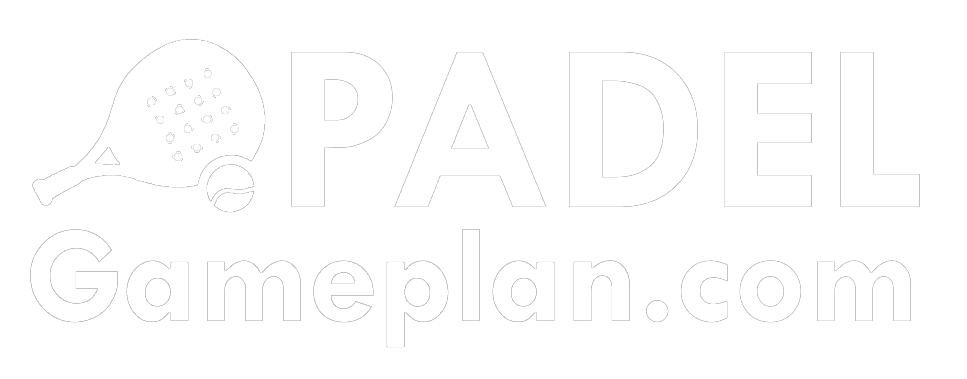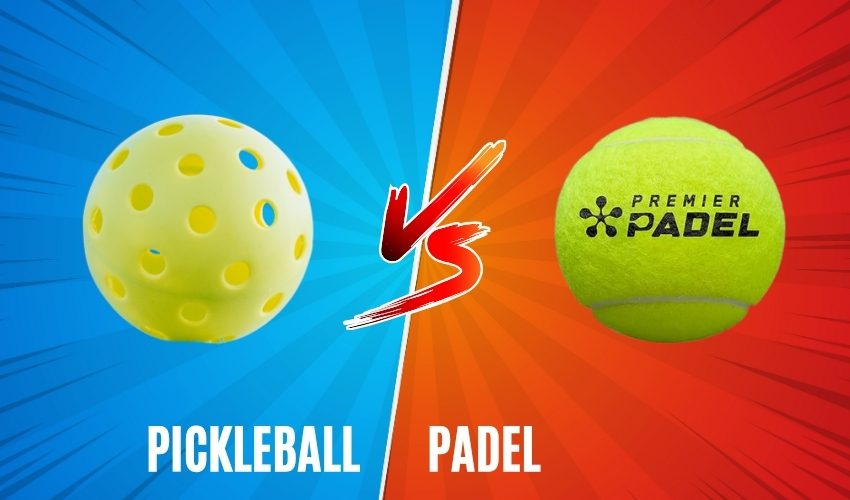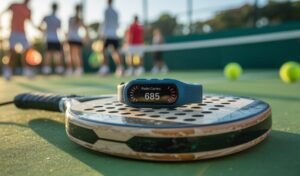If you’ve spent any time around sports circles lately, especially watching the rise of Padel in the US, you’ve felt the ground shake.
For years, that tremor has had a name: Pickleball. It exploded onto the American scene, a friendly, accessible game that has, for four years running, been crowned the fastest-growing sport in the nation. It seemed untouchable, a cultural phenomenon as much as a sport.
But now, a new vibration is getting stronger, a different kind of thwack is echoing from courts in Miami, Los Angeles, and New York. That sound is Padel, and I’ve been watching its ascent with a growing sense of awe. The question on everyone’s mind is no longer if Padel will be big, but how big. Is it big enough to challenge the reigning champion of racket sports? As someone who has been tracking this space, let me take you through what I’m seeing on the ground.
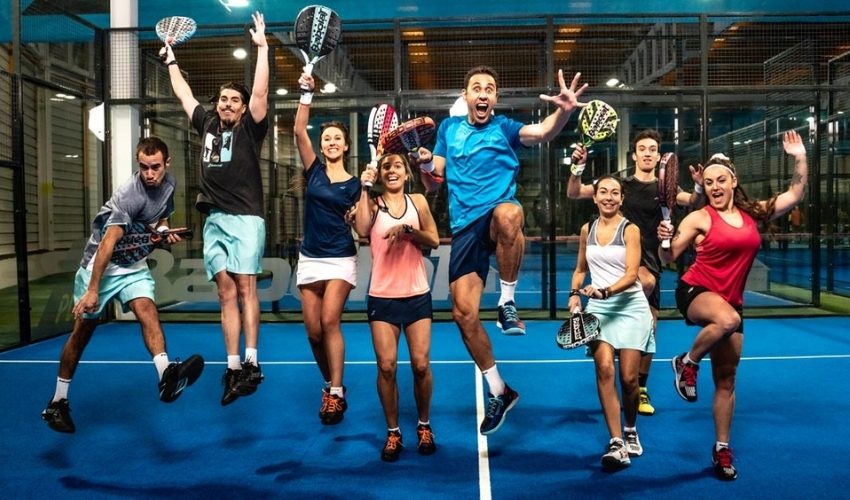
The Unstoppable Surge of Padel in the US
Let’s be clear: the growth of Padel in the US is nothing short of explosive. While it has been a sensation for decades in Spain and Latin America, its journey in the United States is just getting started, and it’s moving at a breathtaking pace. To put it in perspective, in 2019, you would have been hard-pressed to find more than a couple dozen Padel courts in the entire country. Fast forward to today, and we’re looking at over 400 courts across more than 30 states, with projections that seem almost unbelievable.
The United States Padel Association (USPA) is forecasting a staggering 30,000 courts and 10 million players by 2030. You read that right. The market, valued at nearly $100 million in 2024, is projected to almost double by 2034. I’ve seen new clubs pop up with incredible speed, especially in hotspots like Florida, California, and Texas. Florida alone accounts for over 40% of the nation’s courts. It’s a boom, and it feels like we are only in the first inning.
What’s Fueling the Fire?
So, why is Padel in the US suddenly catching fire? From my experience, it’s a perfect storm of accessibility, social engagement, and a high “cool” factor.
Padel is often described as a hybrid of tennis and squash, played on a court about one-third the size of a tennis court and enclosed by glass walls. The magic is that the walls are in play, leading to longer, more dynamic rallies that are incredibly fun and less physically demanding than tennis. It’s exclusively a doubles sport, which immediately cranks up the social element. You’re always on the court with three other people, creating a lively, communicative, and team-oriented atmosphere that you just don’t get from singles play.
The learning curve is another huge driver. You can pick up a Padel racket and be having a decent rally within your first hour on the court. The underhand serve and smaller court make it far less intimidating than tennis. This ease of entry is crucial, but unlike some other accessible sports, Padel has an incredibly high skill ceiling, which is attracting serious athletes and former tennis players looking for a new challenge.
And then there’s the celebrity factor. When big names get involved, people pay attention. We’re not just talking about a few endorsements; we’re talking about major investment. Tennis legends like Andre Agassi and Serena Williams, NBA stars like Jimmy Butler, and global icons like David Beckham and Cristiano Ronaldo are pouring money into Padel clubs and leagues. The Pro Padel League (PPL), now in its third season, features teams owned by the likes of Daddy Yankee and is expanding internationally, bringing top-tier professional talent to American audiences. This isn’t just a game; it’s becoming a spectacle.
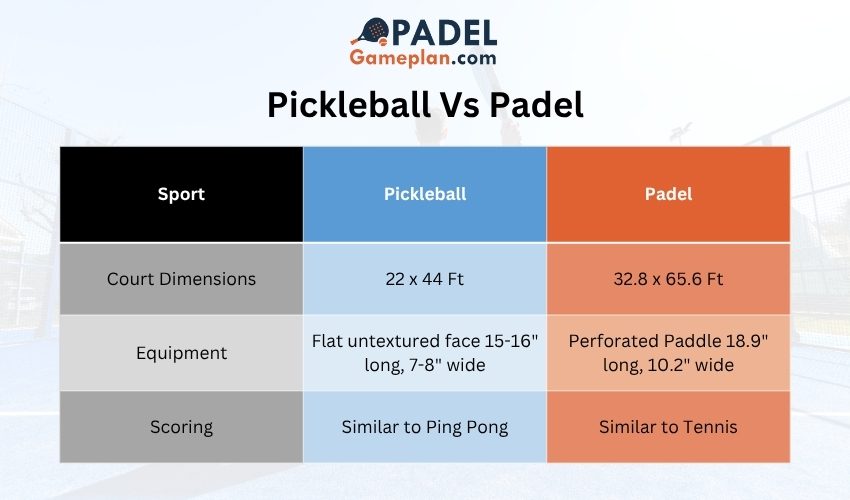
The Pickleball Perspective
Now, let’s not get ahead of ourselves. To talk about Padel surpassing Pickleball, you have to appreciate the behemoth you’re up against. Pickleball’s numbers are staggering. As of mid-2025, there are an estimated 19.8 million Pickleball players in the US and over 70,000 courts. It has seen a 311% growth over the last three years. It is, by every measure, the dominant force in American racket sports.
Pickleball’s success comes from its own brand of accessibility. It’s even easier to learn than Padel, can be played on converted tennis courts, and has built a massive, passionate community, particularly among the 50+ demographic, though it is rapidly getting younger. You can’t underestimate the power of this established network and infrastructure.
Head-to-Head: A Battle of Rackets
When I look at the two sports side-by-side, the comparison is fascinating.
- Experience & Vibe: Pickleball is fun, social, and a bit quirky. Padel has that too, but it feels more athletic, more dynamic, and, dare I say, a bit cooler. The glass-walled enclosure gives it a professional, arena-like feel, even at the amateur level.
- Infrastructure: This is Pickleball’s biggest advantage. Converting a tennis court to Pickleball courts is relatively easy and cheap. Building a Padel court is a significant investment, costing between $60,000 and $80,000, and you can’t simply convert an existing court. This is Padel’s biggest hurdle to mass adoption.
- Investment & Media: While Pickleball has a huge grassroots following, Padel seems to be attracting more high-profile, “smart money” investment. The Forbes articles are right; investors see a global sport with a younger, affluent demographic and are betting big on its future in the lucrative US market. The Pro Padel League feels slick and globally ambitious.
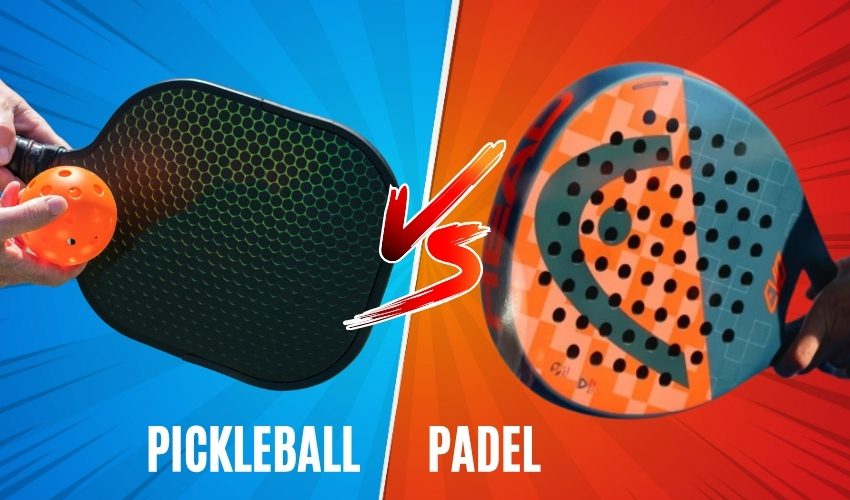
The Business of the Boom: Following the Money
When you see a trend exploding like this, it’s always wise to follow the money, and the investment pouring into Padel in the US tells a compelling story. This isn’t just about building a few courts; it’s about creating entire ecosystems. I’m seeing two primary models emerge, each catering to a different slice of the market.
First, you have the premium, luxury club model. Think of places like Reserve Padel, which are creating high-end social clubs centered around the sport. These aren’t just courts; they are destinations with state-of-the-art facilities, pro shops, cafes, and a vibrant social scene. They are tapping into the aspirational side of Padel, selling an exclusive lifestyle where members can network, socialize, and play on pristine courts.
On the other end of the spectrum, you have the more accessible, pay-per-play models. Companies like Padel Haus in cities like New York are focusing on bringing the sport to urban areas, making it as easy as possible for people to book a court and try the game. They are masters of creating a “cool,” energetic vibe that appeals directly to a younger, trend-conscious demographic.
Beyond the Hype: Potential Roadblocks and Challenges
As enthusiastic as I am about Padel’s future, it’s important to look at the road ahead with a realistic eye. The path to unseating a giant like Pickleball is fraught with challenges. The most significant hurdle, as I mentioned, is the cost and complexity of court construction. Padel may also soon face the same “NIMBY” (Not In My Backyard) issues that have plagued Pickleball from noise complaints and zoning permits. Finally, the American sports market is incredibly crowded, and Padel must compete for consumer attention.

Your Turn on the Court: How to Join the Padel Revolution
After reading all this, you’re probably eager to experience the game for yourself. So, how do you get started? It’s easier than you think.
- Find a Court: The first step is to find a place to play. Apps like Playtomic are becoming the go-to platform in the US for locating nearby courts and booking a slot.
- Gear Up: You don’t need much to start. Most clubs offer rental rackets. Once you’re hooked, you can invest in your own.
- Take a Lesson: While the game is easy to pick up, I highly recommend a beginner’s lesson. A good coach can teach you the basic strokes and, most importantly, how to use the glass walls to your advantage.
My Take: Can Padel Dethrone the King?
Having watched the rise of both sports, here’s my review of the situation. Will Padel surpass Pickleball? The answer is complex.
In terms of sheer player numbers and court count in the US, catching Pickleball by 2030 seems like a Herculean task. Pickleball’s infrastructure advantage is just too massive to overcome in a few short years. It will almost certainly remain the more widely played sport for the foreseeable future.
However, if we’re talking about revenue, media presence, and cultural cachet, Padel has a very real chance to become the more prominent and profitable sport. The global nature of Padel, its appeal to a younger demographic, and the high-level professional tour give it a “premium” feel.
So, will it surpass Pickleball? It depends on your definition. In participation? Unlikely anytime soon. But in terms of becoming the “next big thing” for investors, athletes, and the sports media landscape, I believe the momentum of Padel in the US is undeniable. It’s on a trajectory to become a major force, not necessarily by replacing Pickleball, but by carving out its own exciting, high-energy space in the American sports psyche. My advice? Get out there and try both. You’re looking at the present and the future.
Do you want to improve your Padel Game Plan? For additional insight of the sport and any Padel advice, keep your eyes peeled at PadelGamePlan.com!
FAQ – PADEL IMPROVEMENT
How to get better at padel?
You will need regular practice, hit on the walls and watch matches of professionals. Read this Article – How to play Padel Tennis.
How can I improve my Service?
For more information on Padel Service, please read the Article – Best Padel Serve Techniques
Can I know more about the Rules of Padel Tennis?
Absolutely, for a beginner-friendly explanation of the Rules of Padel Tennis, please have a look at the Article – Rules of Padel Tennis. For Official Rules, please download the official rules of Internatlonal Padel Federation here.
FAQ – PADEL FOR CHILDREN
At what age should children start Padel Tennis for children?
Children as young as 4 can start out with foam balls and mini-rackets. The majority of clubs are for ages 5–15.
How does padel improve teamwork in kids?
Doubles requires constant communication and mutual strategies; collaboration is natural.
Can padel help academically?
Doubles requires constant communication and mutual strategies; collaboration is natural.
What is a good reason why padel is safer than tennis for little kids?
Enclosed courts, slower balls, and lighter gear reduce injury risks significantly.
Is there any competitive padel opportunity for kids?
Absolutely! Try to look for Junior leagues that offer Padel tournaments for under-12 and teen divisions. the positive impact of padel tennis on children
FAQ – PADEL EQUIPMENT
Do I need special padel tennis attire?
Please read the Article – Top Padel Clothing Essentials.
Do you have a checklist of padel tennis essentials I’ll need?
Could you recommend which padel balls I should use?
Please read the Article – Best Padel Balls.
Planning a Padel Tournament?
Use our Free Tool and get the schedule in seconds.
FAQ – PADEL TENNIS COURT
Is it possible to erect a padel court in my garden?
Installation is possible with a minimum area of 10m × 20m, subject to local zoning approval. For more information, Read this Article.
How much the cost of a padel court?
A typical padel court can range from AED 335,000 to AED 1,113,000, depending on materials, location and amenities. See the full cost breakdown here: Article – How much does it cost to build a padel court.
What about lighting required for the padel court – what advice can you give on that?
Please have a read through on the Article – Essential Padel Lighting Tips.

